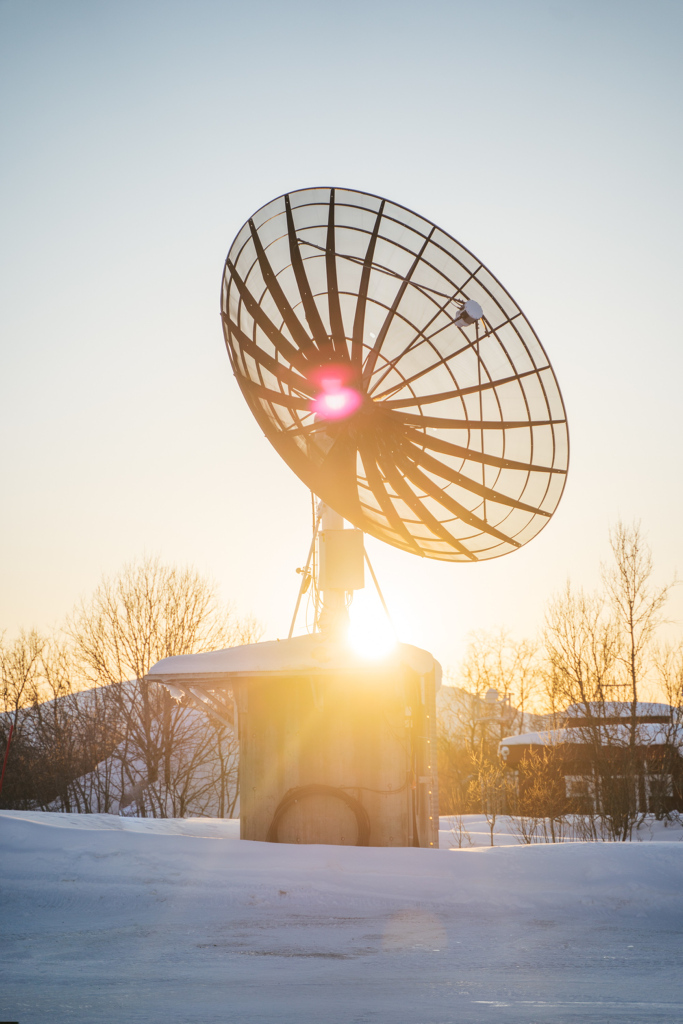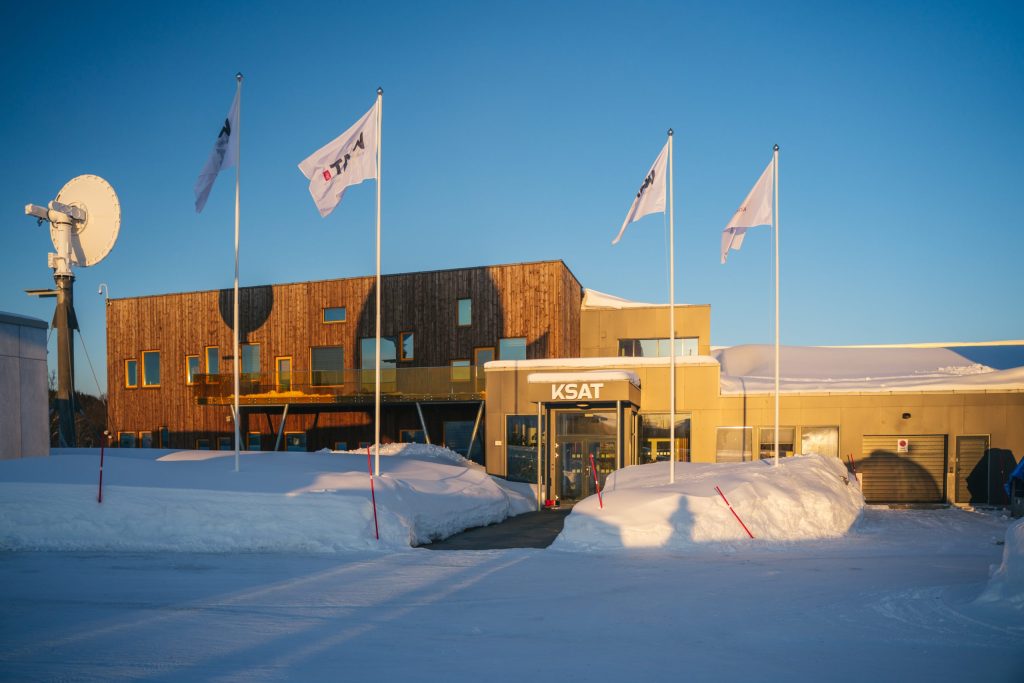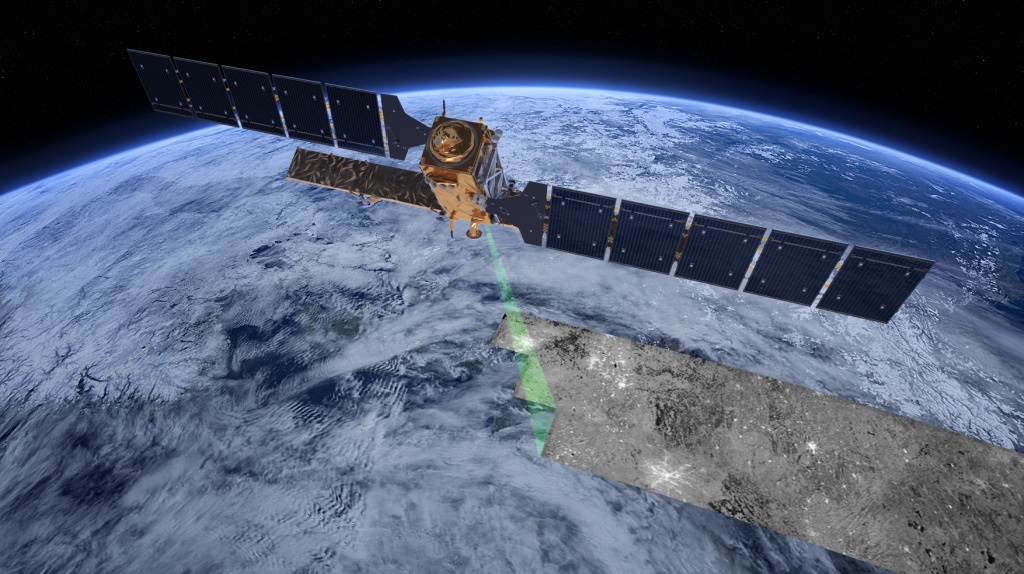KSAT — keeping an eye on the Arctic from space

“The best way to explain what KSAT is and what we do is ‘we connect space and Earth’”, says Martin Skedsmo, Key Account Manager for the Norwegian Kongsberg Satellite Services AS (KSAT), one of the world’s leading commercial satellite centers. “Today, we have more than 27 different locations spread around the world, with more than 360 antennas altogether. Our largest antenna park is located in Svalbard, 78° north.”
The site in Svalbard is the world’s largest commercial antenna park, with more than 160 antennas. The reason for such a large installation that far north is that it allows for sending and receiving signals from satellites that have a Polar orbit pattern — meaning that they pass over the poles 14 times every 24-hours.

Satellites play a crucial role in our understanding of the changing climate in the Arctic, enabling information gathering in remote or otherwise inaccessible areas. Following the breakdown in relations between Russia and the other Arctic states, the data gathered from satellites has become even more vital in tracking environmental changes.
“We can monitor greenhouse gasses, such as methane emissions, from space,” says Skedsmo. “KSAT also provides high resolution satellite imagery to inform action on climate change, forest management and sustainable development.”
The technology provided by KSAT also helps ensure the maritime security of the region, which as shipping lanes open up through the Arctic becomes an ever greater concern.
“KSAT can monitor any area on Earth and have the result ready within one hour,” says Skedsmo. “There are sensors on board satellites that can detect oil on water, vessels that do not want to be seen due to illegal activity and icebergs moving towards an oil or gas installation.”

With its headquarters in Tromsø it wasn’t a long trek for KSAT to attend the recent Arctic Frontiers conference. Where policy makers, scientists and business leaders came together to discuss and debate issues relating to the region. It can be said that projects like those led by KSAT underline the importance of increased public and private sector cooperation in tackling the challenges facing a changing Arctic.
“A good example of this is the NICFI Satellite Data program, monitoring the rain forests of our world. This project was, to start with, funded by the Norwegian government, and lead by KSAT, together with partners Airbus and Planet. During Cop28, it was decided that the program was to continue, jointly funded by the Norwegian government and the Jeff Bezos Earth fund. I am convinced that we can adopt this kind of partnership in other initiatives as well, such as using satellite technology as an asset in the fight against Illegal, Unreported and Unregulated (IUU) fishing.”
